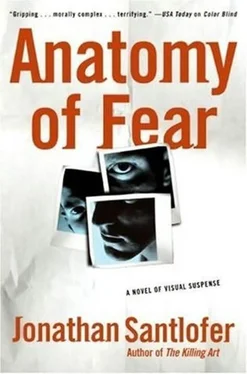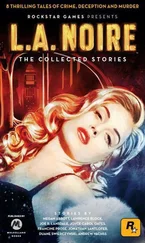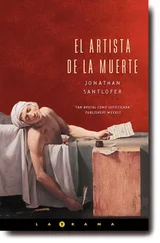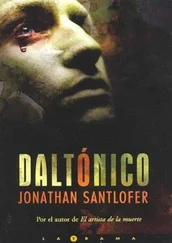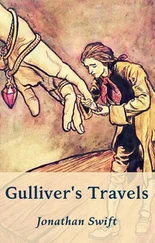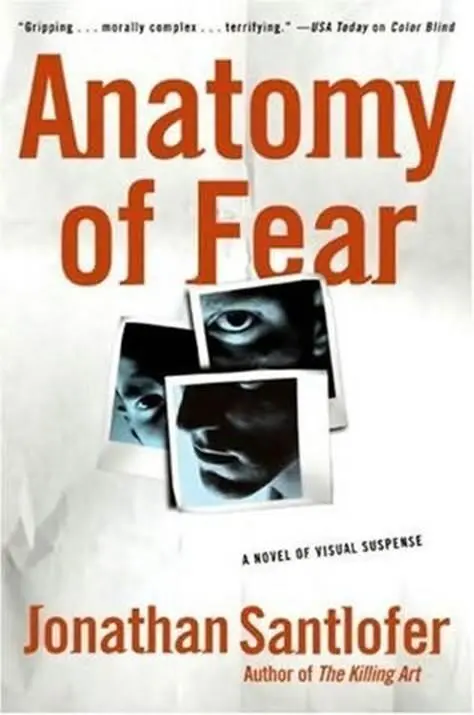
Jonathan Santlofer
Anatomy of Fear
The first book in the Nate Rodriguez series, 2007
People are more practiced in lying with words
than with their faces.
– PAUL EKMAN, Unmasking the Face
This is the way he always sees it.
The man, stretched out on the concrete, blood pouring out of his head into the grooves that define the sidewalk. From somewhere beneath the body, more blood is being pumped, an amoeba-shaped pond spreading beyond the torso.
He has heard detectives describe the crime scene, and years later stole the case report so he could read what a medical examiner had written. He knows the details: one shot in the head, two in the chest. He also knows that the shot in the head came later, as the man lay bleeding though still alive, because the medical examiner had noted two things: one, that the heart had bled out, indicating that the body was still pumping blood before it shut down; and two, that there were powder burns on the man’s temple, a clear indication that the assailant fired that last bullet at close range.
This is the way he sees it, often upon awakening, constantly there as he falls asleep, though more often it has kept him awake.
It has become his bedtime story and his waking nightmare for almost twenty years. It is like an artificial limb which, over time, he has learned to detach long enough so he can eat and dress, have conversations, make love, and even laugh. These are the moments when he forgets, but they are few. It is not easy to forget that you killed your father.
The cop led the girl to a seat. “This is Laurie McGrath,” she said.
I took her in, then looked away, no more than a few seconds to register the shape of her face (oval), color of her hair (dark blond), young (no more than twenty), left eye swollen half shut, bruise the size of a perfect silver dollar on the zygomatic arch of her cheek, full lips, bottom one split and sutured.
I cleared my throat to get her attention, but did not touch her. I knew better. “Hi, Laurie. I’m Nate Rodriguez.” I made sure to keep my voice soft and added a smile, though the girl did not return it. “You up to this?”
“Sure she is,” said the cop, dyed red hair pulled back from a thin face, rough skin under heavy pancake makeup, ID pinned to her blouse, SCHMID.
Laurie cadged a look at me through her good eye, possibly assessing my features-dark eyes, dark hair, long bumpy nose, a mix of genetics and teenage brawls. I usually say I got the nose from my mother, Judith Epstein, formerly of Forest Hills, New York; the hair, eyes, and attitude from my father, Juan Rodriguez, NYPD Narcotics, by way of San Juan, Puerto Rico.
“Laurie is pretty sure her assailant was Latino,” said Schmid, looking away, embarrassed, as if she’d said something she shouldn’t, as if I didn’t know I was half Spanish. She leaned a hand on the young woman’s shoulder, and I saw her flinch.
How many days had it been? I replayed the case report in my mind -pulled into an alleyway, raped at knifepoint, beaten -but couldn’t remember. I’ve never been good with dates, so I looked at the girl to figure out the timing. Her bruises were fresh. It could not have been more than a day or two. You get to know these things when you’ve been making forensic sketches as long as I have.
“If it’s okay with you, Laurie, I’m going to ask Detective Schmid to leave us alone for a few minutes.” I hadn’t worked with Schmid before or she’d have known I needed to be alone with the victim.
The young woman’s shoulders tensed, but she nodded.
I waited until the detective left, then offered Laurie a smile, a less expansive version of what my abuela calls mi sonrisa matadora. “So, you in school?”
“Cosmetology,” she said after a moment. “You know, beauty school.”
“Hair or makeup?”
“Both,” she said, taking a deep breath. “But I like doing makeup better.”
“Must be fun,” I said, thinking it was something, she was used to looking at faces and evaluating them. I asked a few more questions-the kind of cosmetics she liked to use, how long the program was, her plans-anything to keep her talking. After a while she seemed to relax a bit, glancing up at me from time to time, her facial muscles going through a series of micro-expressions-suspicion, fear, sadness-that the great psychologist/scientist Paul Ekman has dissected and codified in his Facial Action Coding System.
I’ve been obsessed with Ekman since he came and spoke to my Quantico class seven years ago, and have memorized his forty-three “action-units,” the basic muscle movements the face can make that combine to create over ten thousand possible expressions. There’s no way anyone can learn or identify them all, but I’m working on it.
“So, that true, what Detective Schmid said, you think the guy was Spanish?” I asked.
“I think so. His skin wasn’t dark, but…”
“Like my coloring?”
Laurie glanced up at me, then quickly away. “Oh, no. He was much darker.”
She said this as if she were giving me a compliment. I’ve gotten pretty used to that. Fact is, I have been aware of skin-tone racism most of my life, in particular among the people for whom it most matters, African Americans and New York Hispanics. I can’t tell you how many times, after hearing my last name, a dark-skinned Latin will tell me I could pass for white, always with a little desire and resentment. If you ask me, it’s totally fucked. But then, I pass for white, so what do I know?
“Sometimes it helps if you close your eyes,” I said. “It’s easier to visualize that way.”
“I can’t. When I do, he’s…all I see.”
“You know, Laurie, that’s the best news I’ve heard all day, because if you can see him, you can describe him.” I massaged my two-day growth of stubble, sat back, and let that sink in. “You think you can do that-close your eyes and try to let it in just for a minute?”
She nodded, her bad eye closing, the other flickering a few times before it shut. When it did, she sucked in a quick breath, almost a gasp.
“You see him,” I said, and knew she had. “I know this is difficult, but hold on to him. Think of this: You’ve got him now.” I paused to give her a minute, let my fingers flit over the surface of my high-end drawing paper, Arches hot press, which I cut down to eleven-by-fourteen inches so it fits easily inside a case file, heavyweight so I can erase without tearing it, and one-hundred-percent rag, which makes it archival. I like the idea that my sketches will last, and I’m superstitious enough to believe that if I use good materials the drawings might turn out better. I gripped my Ebony pencil in one hand, a gray blob of kneaded eraser in the other.
“So, let’s start with something simple, okay? The shape of his face. Try to see it like a geometric shape-round, square-”
“Oval,” she said, squeezing her eyes shut, “with a pointy chin.”
“Fantastic,” I said, my pencil already moving on the paper, anatomical names- mandible, maxilla, lacrimal -automatically clicking off in my mind, words I’d learned in anatomy class that I might use with an ME but never with a subject. I started, as I always do, with a general template, a sort of guide for myself.
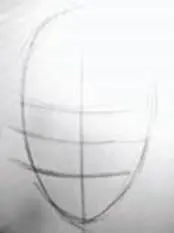
It wasn’t anything, but I knew there was an image there, waiting. I think of a sketch the way Michelangelo thought about a slab of marble-that the figure was inside and he just had to chip away at the rock to release it. I’m no Michelangelo, but I try to keep that concept in my head while I’m drawing, and without the tricks. I’ve tried them all-Smith & Wesson’s Identi-KIT, PHOTO-FIT,
Читать дальше
